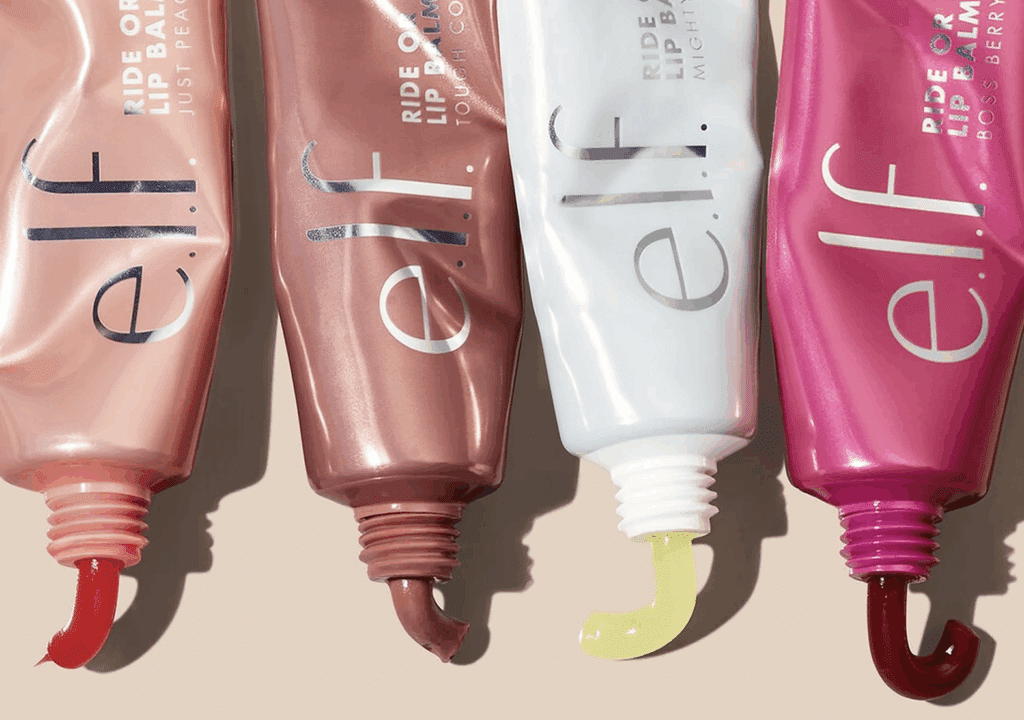The past year has consisted of a series of “watershed” moments in the world of retail. A long – and still-growing – list of retailers have faltered in the face of the COVID-19 pandemic, and the already-existing trends and consumer purchasing behaviors that it has accelerated, prompting no shortage of big names – from J. Crew and Neiman Marcus to Topshop-owner Arcadia Group and Ann Taylor-parent Ascena Retail Group – to look to Chapter 11 bankruptcy protection as they reorganize, while others have sought to liquidate their operations entirely (or certain segments of their operations) in some cases.
The past several months, in particular, have been noteworthy, as they have not only seen long-standing high street retailers like Arcadia’s Topshop and co. collapse into administration (the UK equivalent to Chapter 11 bankruptcy), but they have also prompted digitally-native fashion groups to jump at the chance to expand their own portfolios in order to further scale their operations, and in some instances, to better target the robust beauty market.
ASOS, for example, has emerged as an eager buyer, with the London-based e-commerce titan announcing on Monday that it will acquire Arcadia’s marquee Topshop brand, as well as Topman, Miss Selfridge and sportswear brand HIIT for £295 million ($403 million). Administrators for the Philip Green-run Arcadia Group – which fell into administration in late November as a result of “the impact of the Covid-19 pandemic” – said that ASOS will acquire “the brands, goodwill, and stock on hand, and will also take on certain liabilities for forward committed stock orders” in furtherance of the deal. While ASOS is set to acquire the brands’ intellectual property and inventory, the relevant brick-and-mortar network of 70 leases is not part of the equation, which speaks volumes to the state (and future) of mass-market retail strategy.
ASOS, an online pure-player that generated more than £3 billion in revenue last year, says that the acquisition marks a “strategically compelling opportunity to acquire four strong, iconic fashion brands” that appeal to “our core customer base,” with CEO Nick Beighton noting that it “will help accelerate our multi-brand platform strategy” and the company’s goal to become “the number one destination for fashion-loving 20-somethings throughout the world.”
The Rise of Boohoo
Not the only digital entity looking to scoop up former high street darlings, PrettyLittleThing, NastyGal, and Boohoo.com-owner Boohoo Group is among the main players looking to acquire cash-strapped brick-and-mortar brands that made their names as staples of the British high street. Founded in 2006 and known for its uber-fast – and dirt-cheap – take on the fast fashion model pioneered by the likes of H&M, Zara, and Forever 21, among others, Boohoo announced on January 25 that it had acquired “all of the intellectual property assets, including the website, customer data, related business information, and selected contracts of Debenhams” for £55 million.
“The acquisition represents an exciting strategic opportunity to transform our target addressable market through the creation of an online marketplace that leverages Debenhams’ high brand awareness and traffic through the development of beauty and fashion partnerships connecting brands with consumers,” Boohoo CEO John Little stated late last month. Jefferies analysts echoed that sentiment, noting that the acquisition will give Boohoo “substantial scale and a low-risk route into building an online marketplace and entering the strategically significant prestige beauty market.”
The beauty aspect of the Debenham’s brand has been similarly highlighted as a central element of the acquisition, as Boohoo asserted that the 243-year-old Debenhams – which offers up cosmetics and beauty products from brands ranging from Elemis and Clarins to Givenchy, Yves Saint Laurent – has six million beauty shoppers and 1.4 million members in its Beauty Club program. At the same time, the Debenhams deal has been hailed as giving Boohoo the opportunity to build upon the retailer’s department store format and thus, offer up third-party products, while also enabling “small fashion brands to access Boohoo’s sophisticated digital technologies and the ability to tap into huge markets,” according to the Evening Standard.
This could be appealing to small brands that may opt to partner with Boohoo, particularly in light of the increased investments that are being made by larger players in the digital space, which have served to further skew the playing field in their favor. “Small labels that do not have the money to build their own distribution system will find it harder to keep tight ownership of this important sales channel,” the Wall Street Journal’s Carol Ryan stated in December. As a result, she says that “small brands may face little choice but to sign up with a third-party seller,” whether that be an Amazon or an ASOS … or a Boohoo.
The same is not necessarily true across the board, though. It is worth noting that at least some experts have wondered how willing more established brands, particularly those in the premium space, will be to continue to do business with Debenhams under its new ownership, not terribly unlike how luxury brands are expected to push back against inclusion in Sephora and Ulta’s respective new shop-in-shop partnerships with mass-market chains Kohl’s and Target.
Either way, the deal “marks a changing of the guard in UK retail prompted by a radical acceleration towards buying clothes, beauty products, and homewares online during the pandemic,” according to the Guardian, and that change is only expected to escalate further, as Boohoo is now in talks to buy Dorothy Perkins, Wallis, and Burton from Arcadia. The Boohoo-Arcadia deal – which is said to be in advanced stages but not yet done – would follow from Boohoo’s previous acquisition of the intangible assets of high street staples Karen Millen, Warehouse and Oasis, with all of its M&A activity going towards its publicized goal of becoming “the UK’s largest marketplace.”
The Lure of Customer Data
“Tellingly, neither Boohoo nor ASOS are taking over the physical stores of the brands that they are buying,” according to Regina Frei, an associate professor in Operations and Supply Chain Management at the University of Southampton and Lisa Jack, a professor of accounting at the University of Portsmouth. This reiterates the prevailing point that the value-drivers in this enduring wave of bankruptcy deals are intangible assets like intellectual property far more than any formerly-attractive real estate holdings. And more than the most obvious forms of intellectual property (i.e., trademarks, etc.), the sizable pools of trade secret-protected data at play are certainly proving a huge draw for bankruptcy bidders. Consumer data – from customer addresses and emails to their purchase histories – is a potential goldmine for acquiring parties and a valuable asset for bankrupt brands.
The newly-announced deals also “inevitably confirm the closure of hundreds of shops and the loss of thousands of jobs,” according to Frei and Jack, who state that this further compounds existing issues on the high street, namely, a 75 percent drop in employment that took place in this segment of the fashion market between 2015 and 2018. The academics assert that the main reason for retail decline is, of course, the widespread adoption of e-commerce, which “helps to explain the buying power of Boohoo and ASOS.”
“One of the reasons for their success – and the failure of high-street rivals to compete – is business rates, they say. “Retailers with a presence on the high street paid £7.2 billion in business rates between 2018 and 2019, while online traders paid only £457 million on their out-of-town warehouses.” Then COVID hit, and as a result of government-mandated lockdowns, “The retail industry’s shift to digital has become even more marked, with online sales now predicted to grow to $6.5 trillion (£4.7 trillion) worldwide by 2022, up from $3.5 trillion in 2019.”
“With automation also threatening the loss of many retail jobs in the future,” they note that at least “some are predicting that as much as 95 percent of shopping will be online by 2040.”
Against that background and in light of budding intra-industry consolidation, one of the biggest challenges, per Frei and Jack, “is finding a social experience that can work on the high street but fits around online shopping.” They cite Amazon’s foray into Amazon Go showrooms, “where people can view goods and pick-up orders, and their accounts are debited without even having to go through a checkout.” Meanwhile, CNBC noted that COVID has prompted retailers to “rethink the role of the brick-and-mortar store,” citing a report from commercial real estate services firm CBRE, which revealed that “curbside pickup, mini warehouses in stock rooms, and more space for handling in-store returns are just a few of the components that more retailers will be looking to make permanent in their shops” in order to embrace an omni-channel model.
As for surviving traditional retailers, Frei and Jack state that “they will increasingly need to offer an experience that people cannot get online or on their phone if they want to keep attracting customers.”
UPDATED (February 8, 2021): Boohoo has acquired the Dorothy Perkins, Wallis and Burton brands from Arcadia for £25.2 million ($34.64 million). According to the BBC, “The deal includes the brands and online businesses, but not the 214 shops nor 2,450 workers employed in them, and it completes the sell-off of Sir Philip Green’s once mighty Arcadia group which fell into administration last year.”














